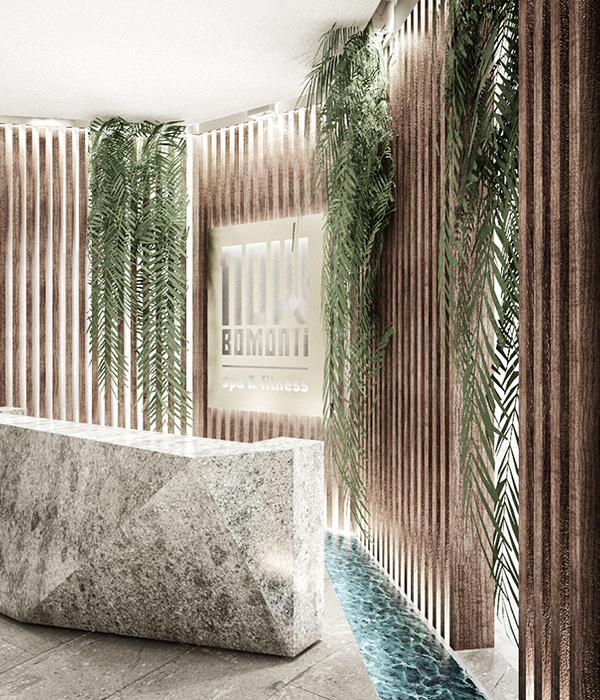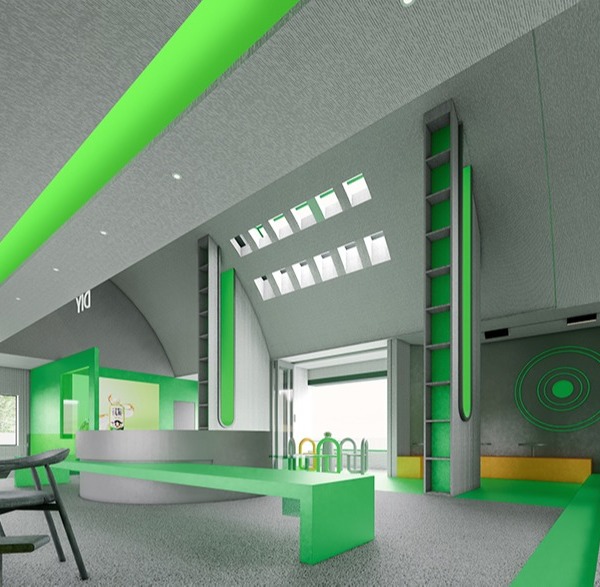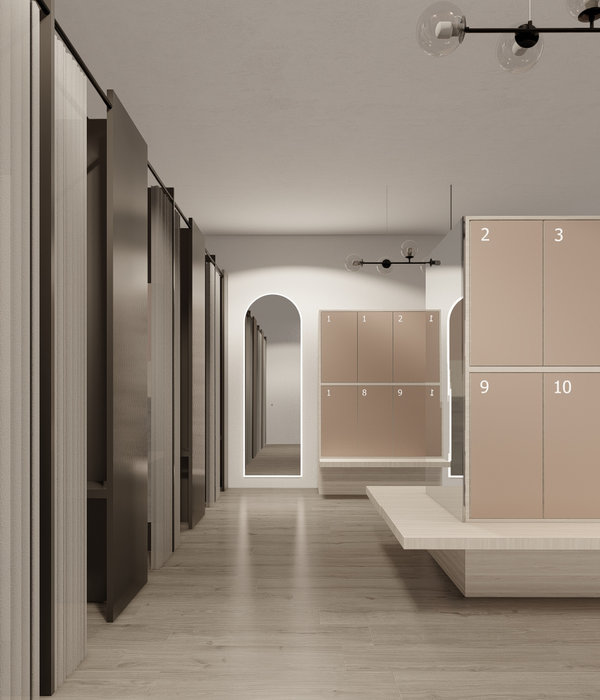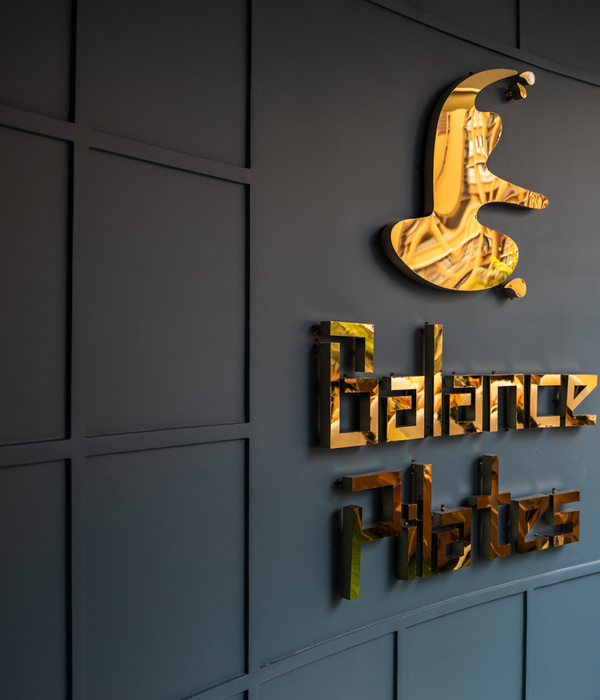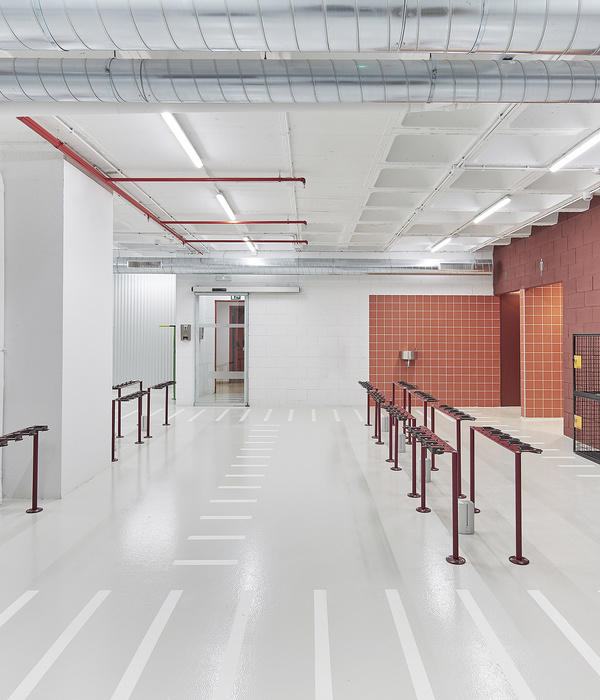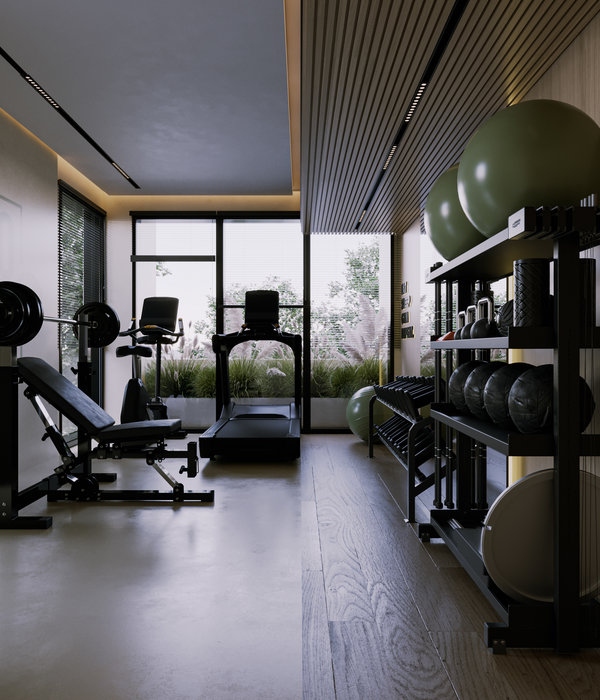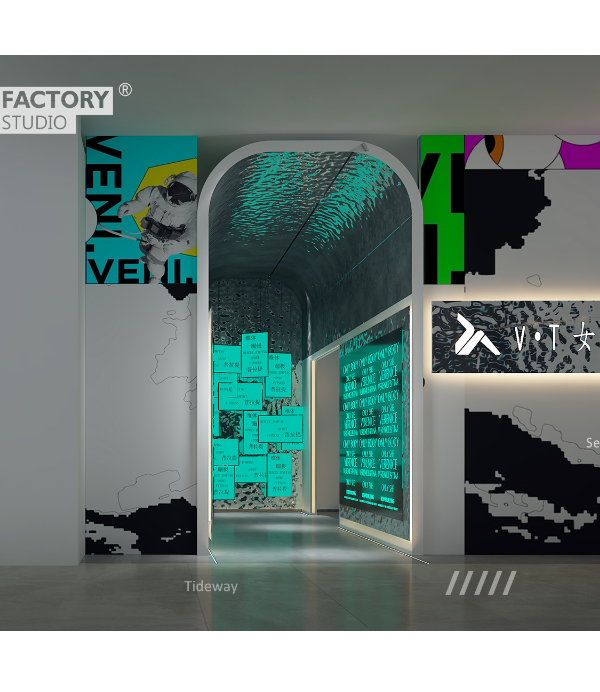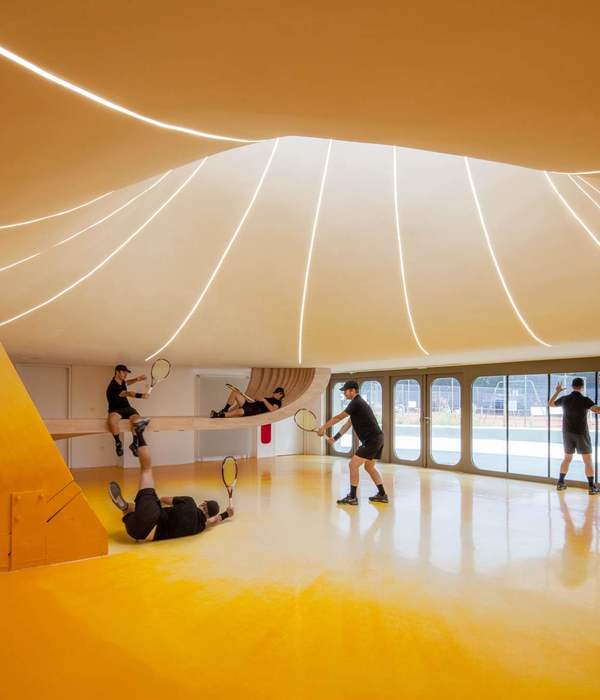Design Collaborative was trusted with the design of the innovative Andreasen Center for Wellness at Andrews University in Berrien Springs, Michigan.
Andrews University’s new Andreasen Center for Wellness recently opened for students, faculty, and community members. A sizeable project totaling 71,244-square-feet across two stories, Design Collaborative began the extensive design project in October of 2016.
The center is an innovative wellness space that allows its users to live wholly, exploring mind, body, and spirit with ample amenities supporting overall health and wellness – in addition to physical fitness.
Ample, dedicated workout spaces are strategically located throughout to allow easy access to fitness spaces. Equipment includes free weights, weight training machines, cardio, and a group fitness studio on the first floor. The upper floor holds a two-lane track, additional cardio and weight training equipment, stretching nooks, and another group fitness studio.
The outdoor fitness suite hosts a sensory retreat with a fire, wind, and herbal garden, as well as a walking path. There is also an aquatics suite, with an indoor saltwater pool, which was incorporated intentionally to avoid chemical use in the pool and spa. The healing oasis has an indoor whirlpool with massage features, a dry sauna, steam bath, infrared light cove, sunroom retreat, and an outdoor healing garden. In the east wing of the Wellness Center, there are classrooms, conference rooms, and offices. The wellness lobby has a study space, café, video wall, and Wellbeing Model Gallery with interactive technology.
Designed for efficiency in construction, operation, and materials, exposed structure exists throughout, as well as the heavy use of precast construction. LED fixtures with addressable controls, as well as daylight harvesting, allows the building lighting to run efficiently. HVAC systems were designed around multi-zoned building management systems to efficiently control the heating and cooling of the space. Constructed with steel, precast concrete, and masonry, the exterior was designed to match the greater campus aesthetic. The interior space includes two-story floor-to-ceiling windows to allow for an abundance of natural light; approximately 80 percent of the space has direct access to direct sunlight. The open space environment and FF&E package inspires movement and healing.
Design: Design Collaborative Photography: Al Ensley
17 Images | expand images for additional detail
{{item.text_origin}}


